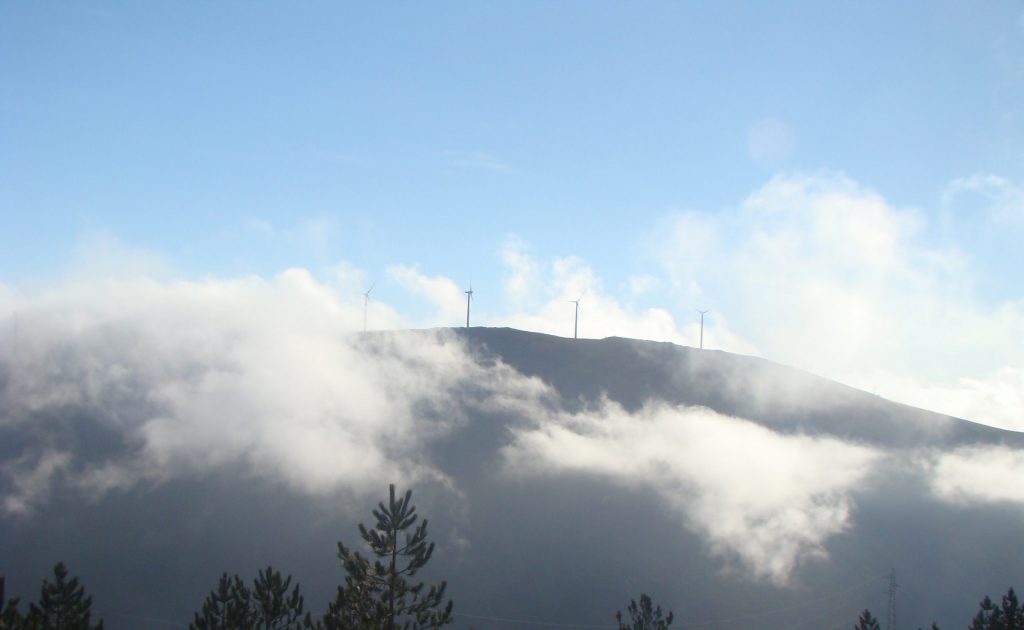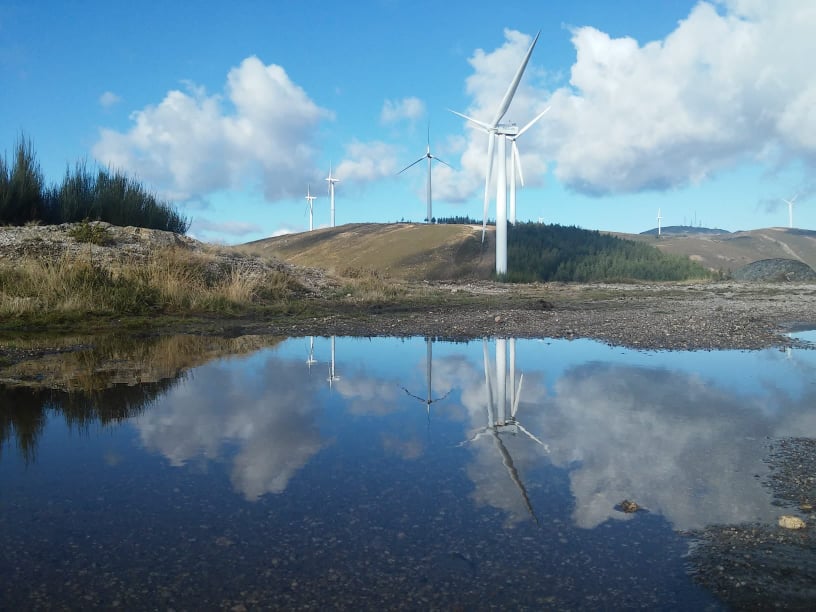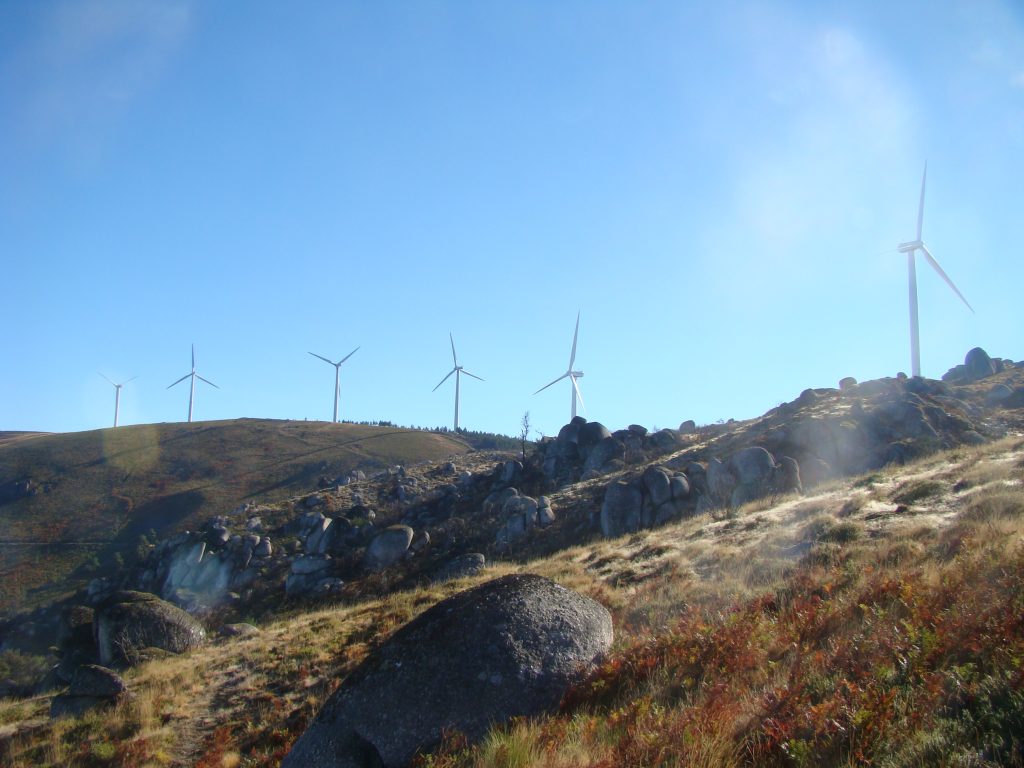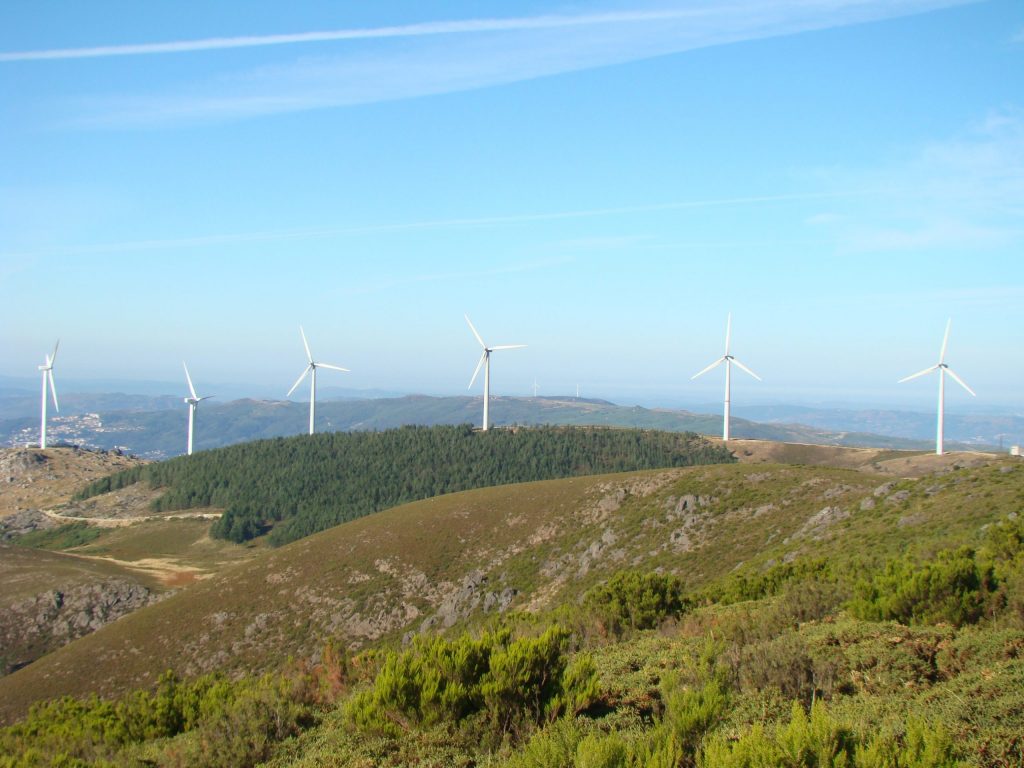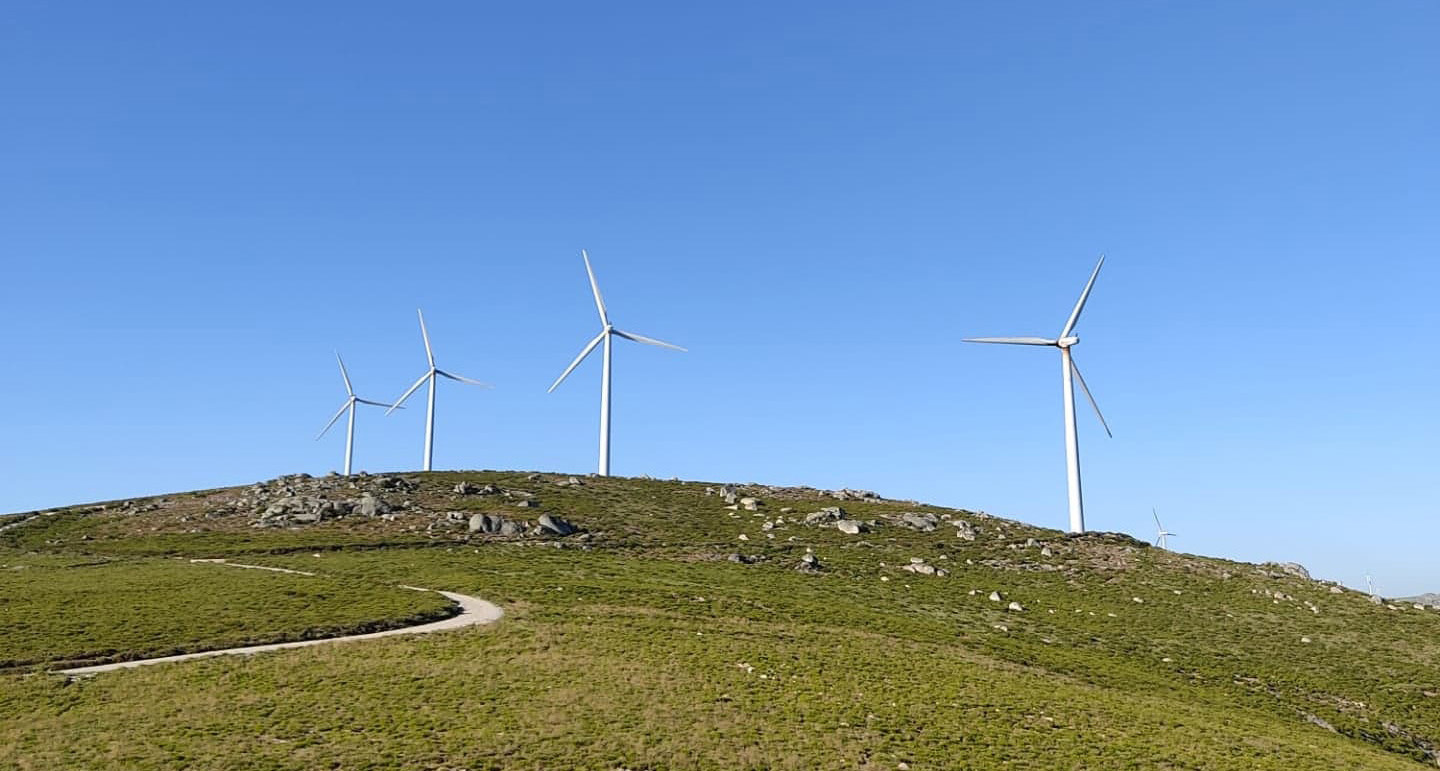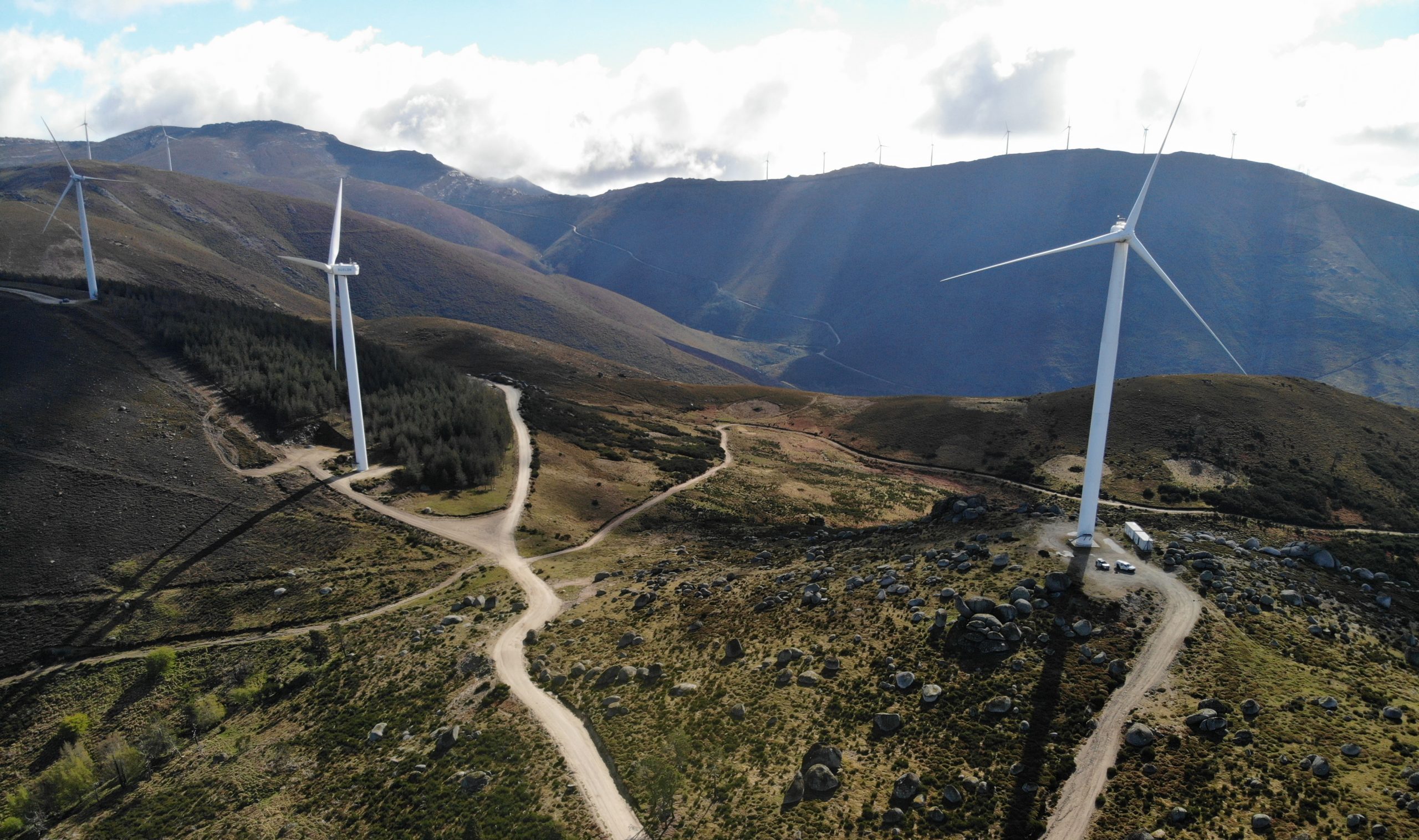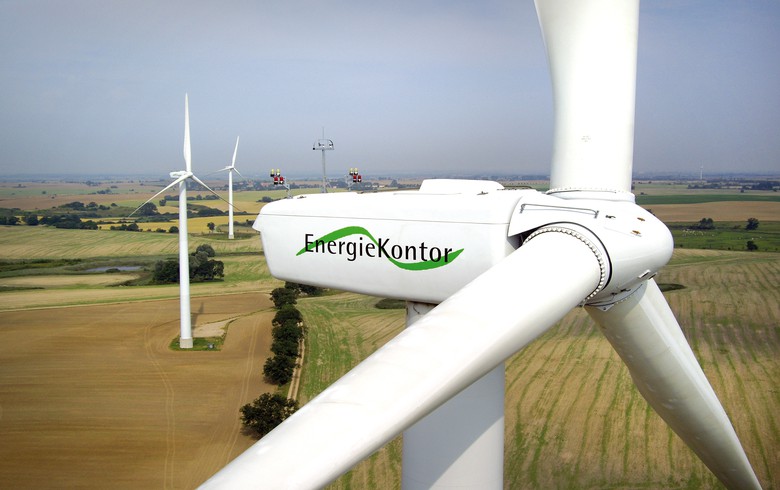To evaluate and minimize the expectable environmental impacts of the Rotor Blade Extension installation, EnergieKontor, company responsible for the RBE product, has developed a mortality monitoring plan directed to birds and bats in their own wind farms in Portugal.
The Annual Bird and Bat Survey Report, conducted by the company NOCTULA – Environmental Consultants and carried out under the Rotor Blade Extension project of the Wind Farm of Penedo Ruivo, aims to quantify estimated chiropteran and bird mortality as result of collision with windmills where blade extensions have been placed, and compare it with what has occurred around windmills where no change took place.
Penedo Ruivo wind Farm is currently fully equipped with the RBE Bonus 1.3 MW. All installation process started in June 2016 and ended in October of that same year.
The statistical data presented in the final report of the 3rd year of monitoring are related with the work performed during and after the installation of RBE in the wind turbines.
Statistical data of the final report about the monitoring of avifauna and chiroptera mortality concluded that:
- Few dead bodies were found during the last campaigns. In this sense, the operation of the Extension Blades installation doesn’t have a direct impact on the increase of mortality of bats and birds.
At the Wind Farm of Penedo Ruivo, the bird and chiropteran death surveys, because of the collision with structures that make up windmills, took place on a weekly basis, between June and October 2016 and in the period between March and May 2017, in order to simultaneously reflect the period of activity of chiropteran species and the main bird phonological phases (prenuptial migration, reproduction, juvenile dispersal and post-nuptial migration). This report did not consider the winter period (November to February), because it corresponds to the hibernation period of bats species.
Mortality rate over 3 years of monitoring
Monitoring of avifauna and bats started in June 2014. During the mortality prospects conducted between June 2014 and May 2015, two dead birds were found (species: Alauda arvensis and Prunella modularis), victims of collision with the aerogenerator structures. In the same monitoring period, no dead bats were found around the aerogenerators.
During these prospects, the wind turbines had no extension in the blades.
During the mortality prospects conducted between June 2015 and May 2016, no dead species of birds or bats were found around the wind turbines.
Monitoring – Year III
During the mortality prospects two dead birds were found, victims of collision with the aerogenerator structures.
The first dead bird was found in September 2016. The RBE installation was in progress, however, there were only 6 wind turbines with blade extensions installed, the wind turbine where this bird hit, was one of them.
In May 2017, when the second dead bird was found, the blade extensions had been installed in all wind turbines.
Species of dead birds:
- Delichon urbicum – death occurred probably due to the impact with the wind turbine and was found 5 meters from the wind turbine.
- Alauda arvensis – death occurred probably due to the impact with the wind turbine and was found at the base of the aerogenerator (0,4 meters).
Both species have a conservation status classified as “Little Worrying”.
Regarding the bats, two dead species were found around the aerogenerators. The first dead bat was found in September 2016. The RBE installation was in progress, however the blade extensions hadn’t yet been installed.
In May 2017, when the second dead bat was found, the blade extensions had been installed in all wind turbines.
Species of dead bats:
- Nyctalus leisleri – death occurred probably due to the impact with the wind turbine and was found 7 meters from the wind turbine. This species has a conservation status classified as “insufficient information”.
- Pipistrellus sp – death occurred probably due to the impact with the wind turbine and was found 50 meters from the wind turbine. This species has a conservation status classified as”Little Worrying”.
Parallel to the behavioral component, the mortality rate by collision can also result from the direct influence of meteorological conditions, namely the visibility conditions observed on the day that death may have occurred. Data available from this report indicate that only fog conditions were recorded at the time of detection of the species Pipistrellus sp.
Final conclusions:
The low number of dead bodies of birds and bats, that were found in the 3 years of monitoring during the Rotor Blade Extension installation, allows us to conclude that there are not enough occurrences to identify mortality patterns in the Penedo Ruivo Wind Farm. In this sense, no measures were taken to minimize the mortality of these groups of fauna.
If you would like to improve the energy production of your wind farm using a cost-efficient solution, consider the Rotor Blade Extension of Energiekontor.
Contact us for more information.

